Description
The origins of this classic textbook Pulse, Digital and Switching Waveforms go back to an ageearlier than the 1940’s, being one of the first manuals to offer wide-ranging concepts of design andanalysis of pulse generation and waveform-shaping circuits in a simple and reader-friendlymanner. While it retains the original flavour of the book, this revised edition also includes discussionson Logic Gate Families, IC 555 Timer and Op-Amp based Multivibrators for up-to-datecoverage. A large number of solved examples, review questions, numerical problems and openbook exam questions are interspersed throughout the text to provide a clear understanding of theconcepts.
View more
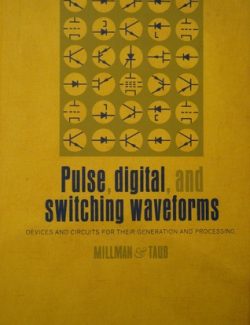
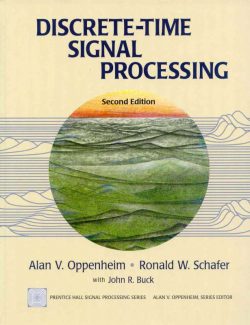

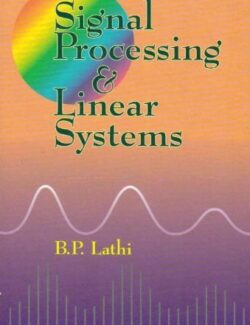

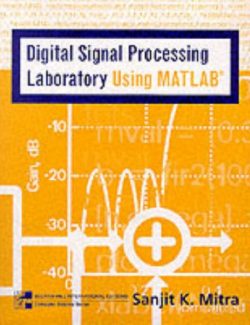
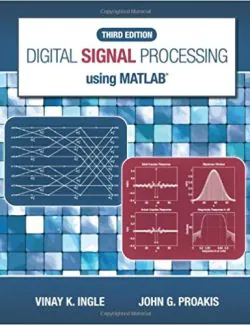
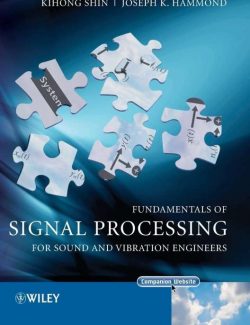

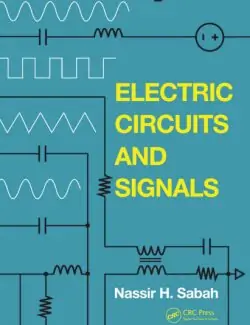
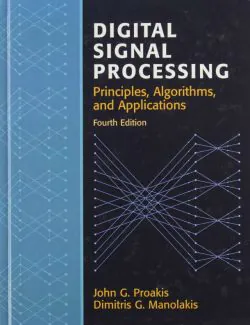
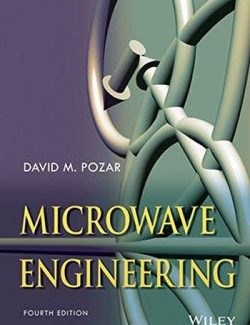
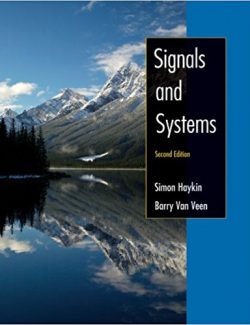
Leave us a comment
No Comments